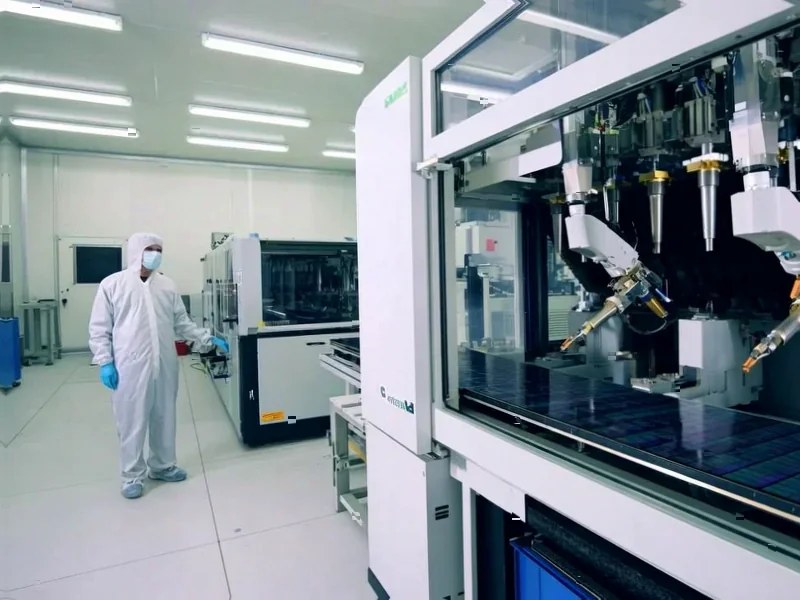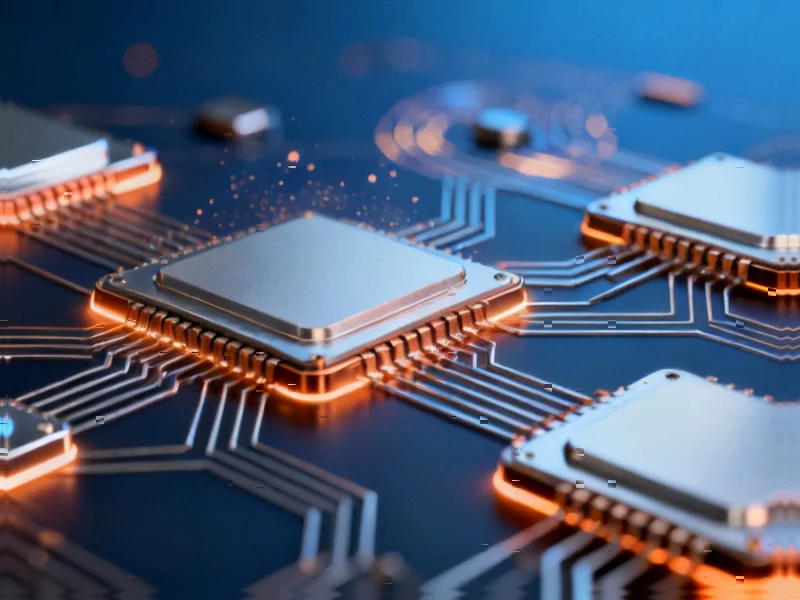According to Wccftech, NVIDIA CEO Jensen Huang stated that manufacturing the company’s high-end Blackwell AI chips in the United States wouldn’t have been possible without Taiwanese partners. Huang specifically credited TSMC, Foxconn, Wistron, Amkor, and SPIL for making the “Made in USA” achievement feasible within just nine months. The project involved establishing complete manufacturing capabilities in Arizona for what Huang calls “the most advanced AI chip in the world.” President Trump reportedly congratulated Huang on this manufacturing milestone. Huang emphasized that workers across multiple trades—including mechanical engineers, electricians, plumbers, and construction workers—worked around the clock to achieve volume production. The rapid timeline demonstrates how crucial Taiwanese semiconductor expertise remains to American tech ambitions.
The Supply Chain Reality Check
Here’s the thing that often gets lost in the “Made in USA” political rhetoric: modern chip manufacturing is fundamentally global. NVIDIA designs the chips, but turning those designs into physical products requires an incredibly complex ecosystem. TSMC handles the actual silicon fabrication, while companies like Amkor specialize in advanced packaging—which Huang himself has called a massive bottleneck. Foxconn and Wistron bring assembly capabilities that simply don’t exist at scale in the US anymore.
Basically, what NVIDIA accomplished in Arizona is more about geographic relocation of existing partnerships than true technological independence. And that’s not necessarily a bad thing—it shows that complex international collaborations can adapt to new political realities. But let’s be clear: this isn’t America suddenly rediscovering lost manufacturing magic. It’s America leveraging decades of Taiwanese semiconductor expertise that developed while US companies focused elsewhere.
TSMC’s Arizona Gambit
TSMC’s Arizona facility has become the linchpin in this whole operation. The Taiwanese chip giant is essentially transplanting its world-leading fabrication capabilities to American soil, which has then attracted the entire supporting cast of suppliers and partners. What’s fascinating is how quickly this happened—nine months from start to volume production is lightning speed in semiconductor terms.
But there’s a bigger question here: can TSMC replicate its legendary efficiency and yield rates outside Taiwan? The company’s success has always been tied to its concentrated ecosystem in Hsinchu Science Park, where engineers, suppliers, and equipment manufacturers operate in tight proximity. Spreading that magic across the Pacific introduces all sorts of logistical and cultural challenges that don’t disappear just because the factory has an American address.
The Unavoidable Political Dimension
You can’t discuss this without acknowledging the geopolitical elephant in the room. With tensions between China and Taiwan constantly simmering, having critical chip manufacturing concentrated in Taiwan represents a massive strategic vulnerability. The US government has been pushing hard to diversify this risk, and NVIDIA’s Arizona success story provides perfect political cover.
Yet Huang’s comments reveal an interesting tension—he’s careful to credit Taiwanese partners while celebrating American manufacturing. It’s a delicate balancing act. He needs to maintain strong relationships with TSMC (which will continue manufacturing most NVIDIA chips in Taiwan) while also satisfying political demands for US-based production. Honestly, it’s a corporate diplomacy masterclass.
The reality is that both narratives are true: yes, this represents a significant step toward US semiconductor resilience, and it absolutely depends on Taiwanese expertise and investment. The question is whether this model can scale beyond showcase projects like NVIDIA’s flagship AI chips. Building a few advanced chips in Arizona is one thing—rebuilding America’s entire semiconductor manufacturing base is quite another.




